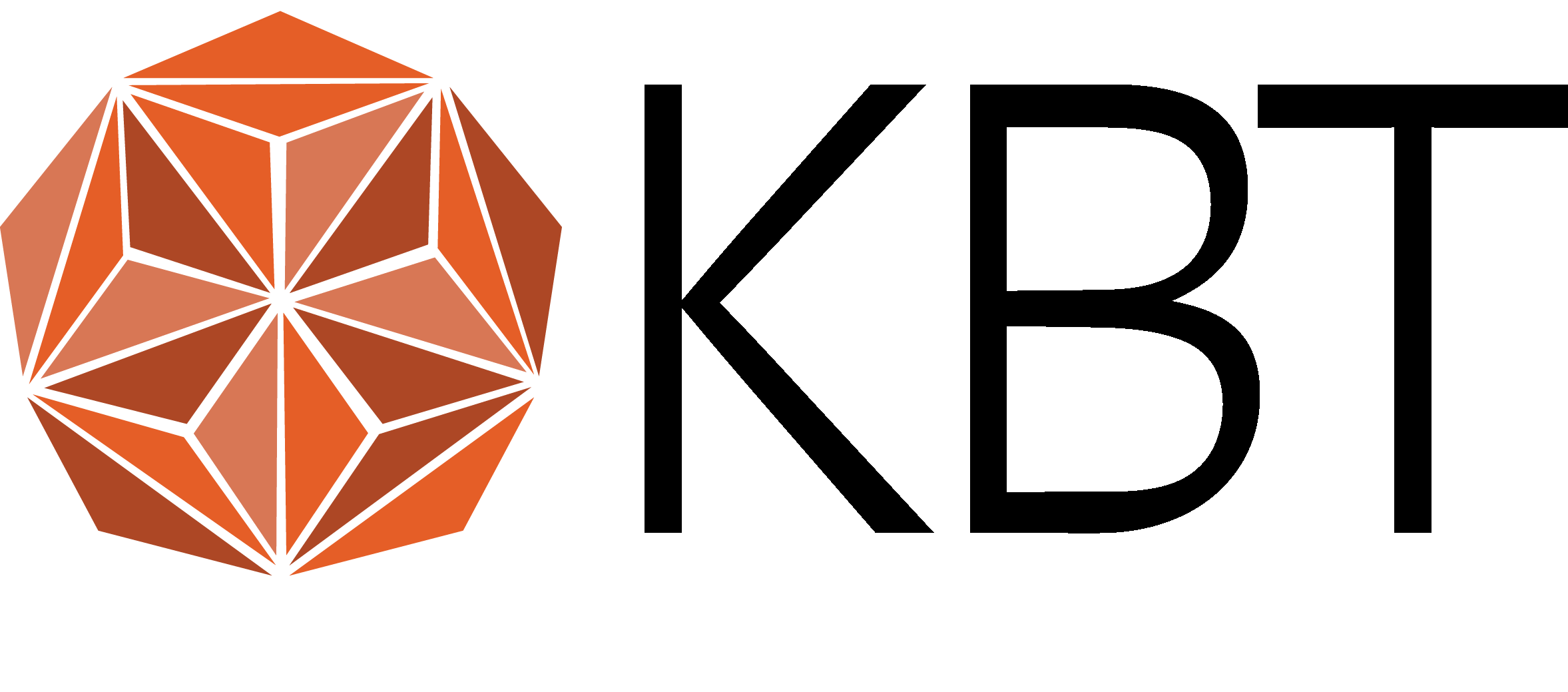Different forms of Recovery
Text by Christina Kildal og Elisabeth Asphaug Rauboti. Translated by: Anne R. Benschop and Christina Kildal
Recovery happens where people are. The process is both individual, and social together with family, friends, colleagues and/or health professionals. In other words, in the society.
Personal/individual recovery
Personal recovery is about the actions, efforts and patience that one takes to get better. Such perspective to recovery-oriented practices separates from academic and research perspectives in the way that they often have basis in the biomedical perspective, and is characterized by services to be governed by demands of efficiency and measurable results.
Emphasized in personal recovery is faith in the future, the matter of hope, establishing a positive identity and self-control. It’s about having somewhere to go in everyday life that gives life meaning, to belong somewhere and be in use for something benefiting others. Working life and jobs are important areas, offering power and possibilities; to commit to something, and that others believe in you and expect something from you.
3 stages
Karlsson, Borg and Stenhammer (2013) write that personal recovery can consist of three different stages: to overcome being stuck, to find and take back the lost, and to be able to have good quality of life despite the limitations of problems. The first one is about accepting the struggles and current life situation. In this stage, the desire for change, finding courage and hope are important. The second stage is about taking responsibility, discovering ones possibilities, taking back authority and control, aiming to find ways to make things work in everyday life. The last stage is about well-being and being satisfied with oneself.
In User Interviews User – Evaluation of Sagatun Brukerstyrt Senter in 2017 [Sagatun Peer-Driven Center] the service users of Sagatun were asked how they define recovery, and especially one of the answers clearly reflects these three stages: “Recovery will be something to get back to… a step where you were satisfied. But now, that’s not exactly what I want either. I want to get, not back to a place where I was satisfied, I want to move forward to a place where I can be satisfied with who I am now.”
Personal Recovery Summarized
Summarized, personal recovery can be described as different dimensions, entailing belief in one’s possibilities, hope, meaning, development, self-control, and accepting the difficulties (and these being just a limited part of one self). Relational recovery is one key element, which is about how interactions with others and the social context affect conditions of living and enabling the desired life. Here, experiencing affiliation and to build, maintain and repair relations are important; to love someone and having someone who loves you. In personal recovery, the main element is the person’s own efforts, but help and support from health professionals can be an important part of the process.
The 6th of February 2017 at Gardermoen, the peer-driven centers were gathered to listen to Marit Borg talking about health professionals as “lobbyists”. This is about what health professionals do to enable and support service users’ meanings about and effort to well-being and dealing with difficulties. Important factors are support, guidance, empowerment, understanding, motivation and help in finding opportunities.
Social recovery
In recent years, there has been an increasing focus on recovery as social processes. The effect of society factors, social processes and living conditions on recovery has been emphasized in several Nordic studies. NIBR-rapporten Psykisk sykes levekår [NIBR-report Living conditions of mentally ill] from 2008 and data from Helse- og levekårsundersøkelsene i 1998, 2002 og 2005 [Surveys of health and living conditions from 1998, 2002 and 2005] show that people with mental health and substance abuse problems have poorer living conditions, health, education, income, social life and access to somatic health services. On average, this group has a life expectancy 20 years shorter than others, and are overrepresented among the homeless.
Mental health issues in the civic
The social model accentuates in larger degree mental and physical disabilities as a civic problem, caused by lack of social inclusion and ability to facilitate. By this, a person’s disability is not necessarily to be a disability in the society, like at the workplace. Aspects as housing, education, income, social arenas, work, activities, local community, family and friends are substantial to people’s recovery process. This is stated in studies that show recovery happens in life in general, not only in treatment institutions. For example, how can one be able to work with mental health/substance abuse problems, if there is not enough money on the table to care for own children?
Living conditions and health clearly interrelate, leading to a need for the society to work on these areas. Housing is one of the areas given larger focus in recent years. Opptrappingsplanen for rusfeltet 2016-2020 [National Escalation Plan for Substance Abuse 2016-2020] states that by the service users’ point of view, safe and stable housing are the most important first steps in a recovery process, and the increase of municipal housing enhances recovery, also reducing the number of inpatient admissions. In the strategy Bolig for velferd [Housing for Welfare] from 2014, national goals and priority areas for the work of social housing are enshrined. Good examples on this work and the housing services in Norway are to be found on their web page.
Recovery nurturing enviroment
In 2005, Helen Glover introduced the term “recovery-nurturing environments”, which illustrates a separation between environments that nourishes development, hope and growth, and environments that create barriers and violations. In the first one, key terms are social and material conditions and fellow citizenship. Tew et al criticize the individual/personal perspective on recovery, claiming it is too easy to say the person alone is in control of his/her own life, affiliation to social areas and a positive identity formation.
However, they say that social conditions and surroundings are the prerequisites for the recovery process. Tew et al also refers to publications that portray social factors as both promote and inhibit humans` development. To be able to control one’s life, one have to be in a society that allows such development. A society absent of discrimination and stigma are fundamental factors for people to reestablish positive and social identities. With a social approach to recovery, one sees that the possibilities for recovery depend on the environment around the person.
3 models for understanding social recovery
This tells us that there are people that have knowledge, understanding and possibility to support the person in his/her recovery process. In 2005, Beresford presented three different models for understanding social recovery, with following key points:
- There is often a correlation between mental health problems and events in life.
- Mental health clearly interrelate with social roles, work status and class.
- Social and civic impact are key elements for people to get and continue to have mental health problems.
Social inclusion
Community and social inclusion is an important part of social recovery. To belong and being part of something is a basic need in human, and being someone and being something for someone are of great importance in life. This can entail finding a community by work, interests and hobbies, religion and belief, games and social media. Oppfølgingsplan for arbeid og psykisk helse 2013-2016 [Follow-up Plan forWork and Mental Health 2013-2016] says that taking part in work improves mental health, economical safety, living conditions and quality of life.
Therefore, facilitating to enable people with mental health or substance abuse problems to work and be included are a corporate social responsibility and important priority for public health. There are several important measures to make this possible: reduction of negative consequences for drug use, strengthening of NAV, more facilitating on the workplace, more opportunities for work training for people with disabilities, increased use of graduated sick leave rather than full sick leave, Individual Placement and Support (IPS), employer empowerment, and closer collaboration between various health and social services about prevention, early intervention and coordinated follow-up.
Community centers
One measure in social recovery is community centers, a place for people with mental health and substance abuse problems to gather, participate in creative and physical activities, groups, meals and various courses to empower oneself and cope in everyday life. These places are low-threshold services regardless of referral, decisions or diagnosis. Community centers can be a recovery-nurturing environment, although it is also discussed whether they contribute to social recovery or if it becomes more of a “repository” where one does not move forward.
This is largely related to own efforts and the way the centers are used. User Interviews User-Evaluation of Sagatun Brukerstyrt Senter [Sagatun Peer-Driven Center] from 2017 shows how community centers can be a successful recovery-nurturing environment, where people with mental health/substance abuse problems experience development, coping and hope from a community.
Beeing a part of something
Those who used Sagatun said that it helped them regain the desire to live, motivation, hope, supportive relationships, new perspectives and personal development. Being part of something, creating something together and contributing to something useful through commitment by expectations from other people was highlighted as effective. Community centers was also pointed out as a possible “intermediary place” in a stage between being in treatment and getting a job, to work with oneself and be in recovery without too much pressure from others. Other examples of community centers are Sommerstua, Heimdal and Veiskillet in Trondheim municipality, and at Vårres Brukerstyrt Senter [Vårres Peer-Driven Center] in Trøndelag and Møre and Romsdal.
Clinical recovery
Clinical recovery has been developed by treatment and rehabilitation environments, and result orientation, performance goals and treatment effect are key issues. This approach differs from both personal/individual recovery and social recovery as the services often use quantitative, objective goals to evaluate whether a person is “healthy”/”healthier”. Clinical recovery is in many ways an adaption to the increasing standardization and efficiency requirements in the services.
4 main features
In 2009, Slade describes clinical recovery with four main features: that the process is a condition or result, that it can be observed, that it can be assessed by a professional, and that it is equal to more (it does not vary between people). The recovery process is observed and measured through operationalized findings, including absence of symptoms, functionality in various social settings (work, home affairs) and social network.
Based on a traditional clinical perspective there has been little or no focus on people’s experience with mental health care, but researchers are increasingly interested in developing goals that are more relevant to individuals and, as such, reflect a multi-dimensional recovery understanding. Such an understanding can be created through the use of instruments that measure personal recovery as well as instruments that measure recovery orientation in various health and welfare services.
Tools/measures for clinical recovery:
- INSPIRE: Measurement tool to evaluate the individual’s experience with support from their health and social worker with regards to recovery.
- SURE: Assessment form in which service users with substance abuse problems can map out and evaluate their own recovery process, alone or with professionals in treatment.

